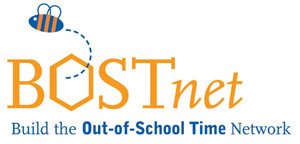The Big Picture—Our recent emphasis on budget lines items and amendments should not obscure the need to take a long-term view in advocating for the field. A critical element of this advocacy must continue to be building public will around a strong identity for afterschool and out-of-school time learning. Unfortunately, the field is often inhibited by two somewhat conflicting expectations:
>Afterschool as childcare
>Afterschool as an extension of the school day
When parents view afterschool as childcare they often utilize it inconsistently in response to periodic need. Research shows, however, that such sporadic attendance limits a program’s ability to have a positive impact. Moreover, reducing the basic function of afterschool to childcare excludes the role these programs play in healthy youth development. Viewing afterschool as an extension of the school day also limits the potential of the field. Focusing on academic achievement and structuring content in a school-like way overshadows the unique characteristics of afterschool that make it a valuable alternative learning environment. Regardless of the content a program offers, it will not tap deeper developmental assets in youth if it does not strengthen its assets as a distinct developmental setting.
As we continue to advocate for the field, it is critical that we work to reframe the expectations of the field. As a community, we need to understand that there is an objective value to supporting youth programs that are linked to outcomes that are cumulative over time and can’t be easily measured through some point-in-time assessment. We also need to continue to advocate for the unique strengths and assets that these programs bring to partnerships and collaborations with other organizations so that their work is valued and respected and that partnerships yield the best results for our children and youth.
16 years ago
